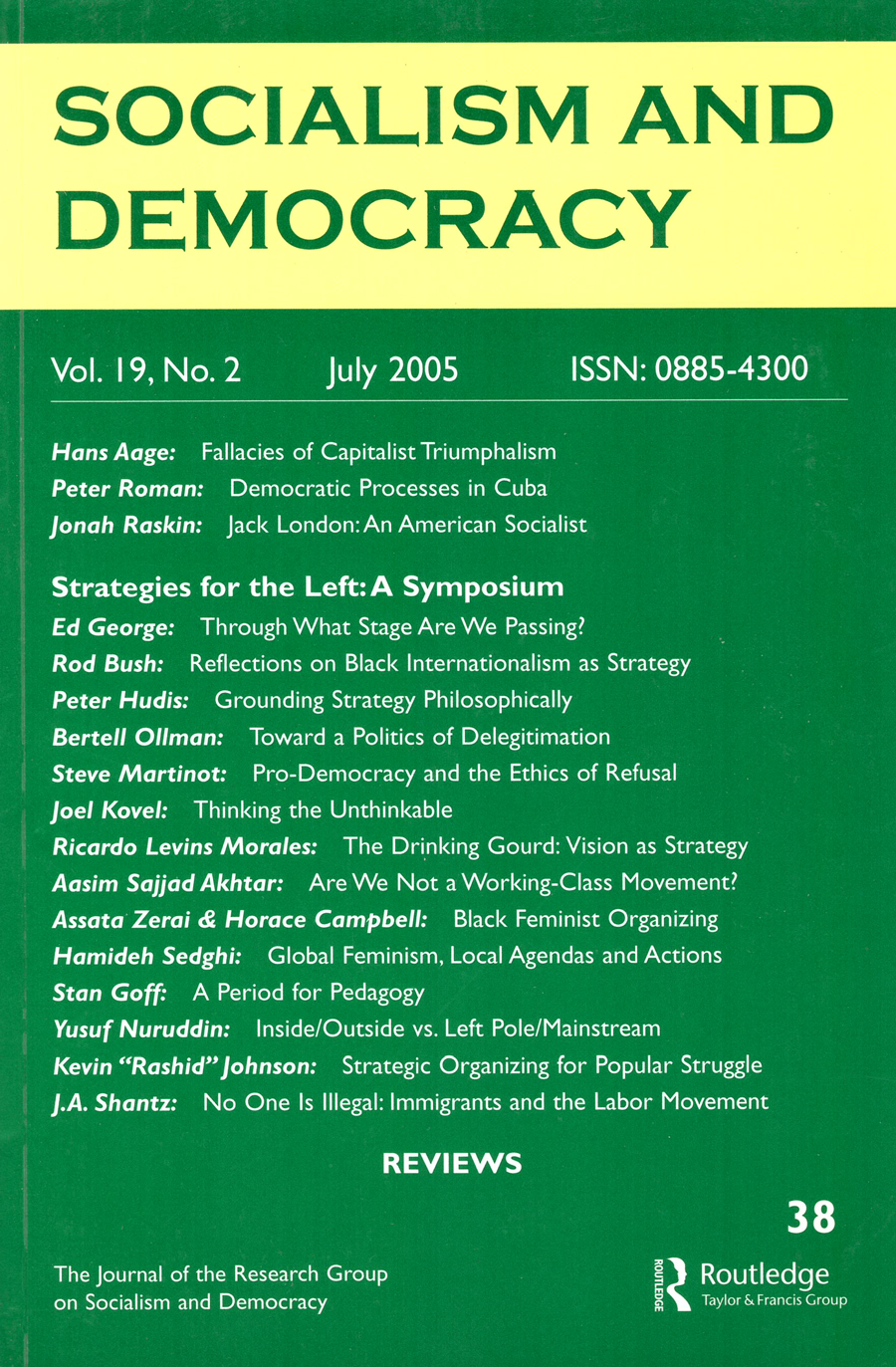Margaret Morganroth Gullette, Aged by Culture (University of Chicago Press, 2004).
Scholars of the social world have argued that regardless of the topic one is studying, there are certain variables that are always present, even if, at first glance, they are not apparent. While others have asserted that this is the case for race, gender, class, and (dis)ability, Margaret Morganroth Gullette, in Aged by Culture, claims this same status for age. In her remarkably absorbing style she draws the reader into a series of data and pop culture-informed reflections that are tied together by this strand; wherever you go, whatever you examine, age is there. Adding the nuance of “age politics” to the feminist cliché that politics are personal, Gullette sets out to prove her point as she leads the reader on a somewhat personal, somewhat political, and certainly philosophical tour of how a cultural narrative of decline is shaping our diverse personal lives. Gullette shows that this is fraught with problematics that manifest themselves in the lived experiences of each of us as we find ourselves aged by culture.
In keeping with this theme of the ubiquity of aging, Gullette begins her journey in the Boston Museum of Science, where she uses a particular exhibit, “Face Aging,” to illustrate her central thesis that – like the children who attend this exhibit only to have their faces digitally photographed and electronically aged over a projected life-course into a grotesque, distorted and ugly conclusion – we are taught by culture from a very early age to value youth and fear aging. Aging, contemporary North American dominant culture teaches us, is equivalent to decline, which in turn is synonymous with disease, inferiority, and other negative attributes. Dividing her book into two distinct yet related halves, Gullette first makes a case for why everyone should be concerned with the cultural nuances of aging, and then offers some personal examples of how we might take action.
Once the premise of being aged by culture is laid out, and before it is fully explored in subsequent chapters, Gullette uses her second chapter to present a theoretical framework within which to make sense of her thesis. She suggests that age is routinely used as race and gender have been, to construct binaries of difference and to foil solidarity. Her remaining task, which she implements in reflective rather than litigious style, is to demonstrate how this is so.
She goes on to build a critique of “aging” narratives, showing how they are used within the New Economy as pretexts for outsourcing, downsizing, and a culture of financial insecurity. In a particularly well-argued portion of this critique, she brings into focus the way aging affects the present-day family. Life-course wage trajectories, cut short by layoffs in mid-life (prior to the traditionally anticipated earnings peak), place middle-aged parents, disillusioned and disoriented, into the contingent, entry-level workforce, often as competitors with their adult children. In addition to exacerbating inter-cohort animosities, the decline narrative of these economically tumultuous times thus serves to produce a seldom-noted clash between capitalism and patriarchy. What emerges is an indictment of postindustrial capitalism based on an age-conscious analysis.
The second half of the book tries to flesh out what a field of age studies should look like. Gullette suggests that the concept of aging remains under-theorized in relation to market forces, ideology, neoliberal politics and the body-mind connection. To begin filling the void, she poses her perennial question “What exactly has age got to do with it?” (114). She plunges head on into an exploration of theoretical understandings of identity, which leads into the deeper project of developing a critical age-framed autobiography. At this point it seems that anywhere Gullette turns her gaze could be a viable alternative for the next chapter. She challenges her readers to look for age wherever their interests may lie. Thus, in one of her chapters, she produces an age-centered critique of stage-actor casting and performances. Though her selection of topics may appear arbitrary, it is in keeping with her message, argument and methodology, and it testifies to the universal applicability of her approach.
While a major strength of this text is its ability to explicate problematics of being aged by culture, Gullette, thankfully, does not leave the reader stranded in the dilemmas that she exposes. Nor does she make the reader wait until the final chapter for her own thoughts on solutions. Each chapter closes with a battle charge (indeed she refers to herself as a combatant) that sounds, grows silent during the beginning of the next chapter, and then is once again revived with slight twists brought upon by the new insights and directions of the emergent discussion. In response to the narrative of decline, she offers, though not without a critical assessment, the alternative of progress narratives. Likewise, in the case of inter-cohort animosities, she argues for a return to the economic and social functionality of seniority. With respect to literary fiction, she even goes so far as to advocate a moratorium on decline themes accompanied by a spike in what she refers to as recovery or “antidecline” narratives.
Overall, Gullete is unabashedly optimistic that age studies, when merged with cultural studies, will mature¾as did race and gender studies earlier¾into a healthy and vibrant intellectual tradition. Gullete clearly advances the cause she has grown into since her 1997 work, Declining to Decline. This well written book, though slow at first, and abstractly theoretical and obscure at times, gradually warms the reader not only to its theoretical project, but also to the writer behind it. It is a worthwhile read for those who are patient, and particularly for advanced students who are familiar with critical race, gender and class theory. Its personality and embodied authorship have the added advantages of inviting the reader to rethink mundane experiences and to notice, and potentially react to, narratives of decline and progress that affect our daily lives.
Reviewed by Frank Ridzi
LeMoyne College, Syracuse, N.Y.

